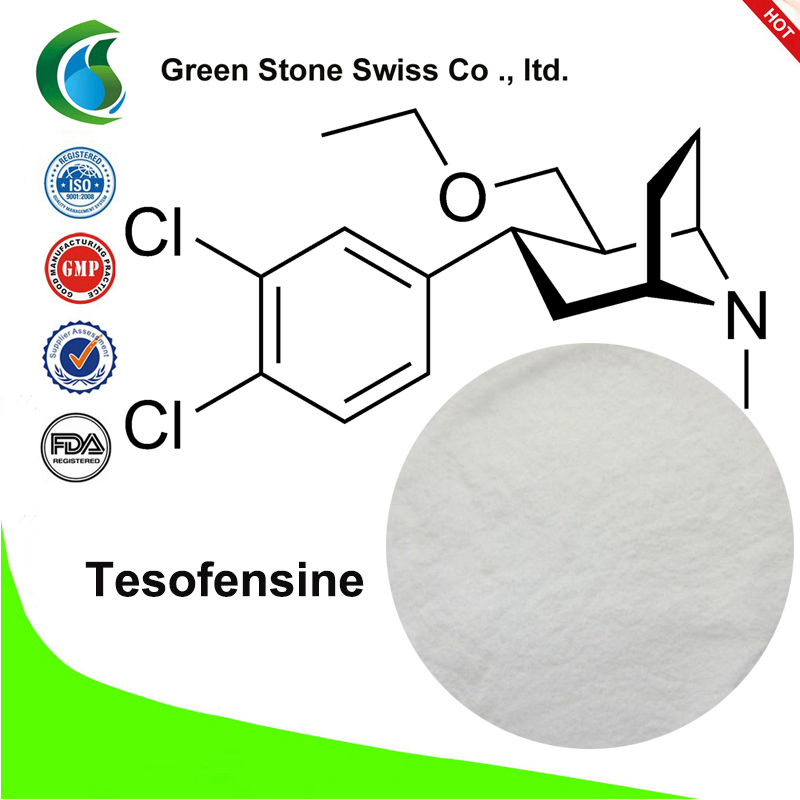
September 5, 2024
Tesofensine An Overview


Pharmaceuticals Totally Free Full-text Excessive Weight Drug Upgrade: The Lost Years? Nevertheless, to day, their restorative utility has actually been limited by compensatory rises in dish frequency (103 ), by the advancement of medication resistance in feedback to long term medication application (104 ), and by minimal weight reduction effectiveness in stage II scientific trials (105 ). Extra initiatives have been routed towards exploring antiobesity impacts of gut-derived PYY3-36. Nevertheless, discrepant results in rodents (106, 107) and high degrees of nausea or vomiting in human beings (108) Learn more here hampered further medical growths. PYY3-36 has high fondness for the NPY receptor Y2, which is among a number of NPY receptors that play crucial duties in the policy of food consumption. Major ongoing initiatives have been guided towards finding centrally acting agonists or antagonists against Y1, Y2, Y4, or Y5 receptors, yet progress to date has actually been limited (109 ).
Main Policy Of Food Consumption And Energy Expenditure
The length of time does it take for tesofensine to function?
Meta-analysis disclosed that tesofensine (0.125 & #x 2013; 1.0 mg, once daily; dental) created dose-dependent weight management, and 32% of overweight clients had & #x 2265; 5% weight loss following 14 wk of therapy. Weight management was accompanied by hypophagia, suggesting an appetite suppressant activity.
What Are The Most Effective Treatments For Excessive Weight?
The recent FDA review focused on these issues and asked for additionally evidence of security exceeding the 1 year duration research studies that had been conducted to date. Supplying such data for either qnexa or any future submissions is most likely to confirm a considerable economic difficulty without assurance of an effective outcome. The sibutramine therapy positively impacts inflammatory cytokines, serum hormonal degrees (resistin, adiponectin), and the transportation of leptin through the blood-brain barrier. Antiobesity results and damaging events relate to the systems of activity of both medicines.- The human amylin receptor subtypes are facilities of the calcitonin receptor with receptor activity-modifying proteins239.
- No clinical studies have actually yet been performed to verify the lasting weight-loss impact of SAR425899.
- In a recently released record of a Stage II professional trial,164 cetilistat produced a considerable fat burning and was well tolerated in 442 overweight individuals in a 12-week research.
- Integrating GLP-1 analogs with metformin in overweight individuals with diabetes mellitus appears an affordable method, as both medicines have the weight-lowering residential properties (57,58).
Tesofensine
Higher preoperative BMI, radical tumour resection, larger preoperative tumor size, hypothalamic tumour intrusion, adamantinomatous subtype, and domestic tendency to excessive weight are pointed out as aspects that raise the danger of hypothalamic weight problems (37, 42, 43). Rapid weight gain typically happens within the first 3 years and typically within the first year complying with medical intervention, with surgical treatment raising the prevalence of weight problems in this client team (38, 43). Given the fundamental role of the hypothalamus in energy homeostasis and appetite regulation, it complies with that damage to the hypothalamus results in dysregulation of satiety and power expenditure, causing hyperphagia and rapid weight gain, minimized thoughtful tonicity and insulin hypersecretion. Hence, this offers numerous target areas for pharmacotherapeutic intervention to decrease weight gain and fat mass in people with hypothalamic obesity. Presently, just one recombinant leptin analog, metreleptin (Myalepta), is approved for individuals with leptin deficiency. The look for downstream moderators of leptin deficiency led to the exploration of the orexigenic hypothalamic peptide melanin-concentrating hormonal agent (MCH) (82 ). Pharmacological clog of MCH receptor 1 (MCHR1) emerged as encouraging medication target for the treatment of obesity. Nevertheless, years of initiatives stopped working to confirm the MCHR1 antagonist idea in phase I scientific tests (83 ). The boosting understanding of the physiology of food consumption and energy balance, and the pathophysiology of its dysregulation, resulted in the growth of medications that hinder neuropeptide hormone signaling paths, such as leptin-melanocortin signaling. The impacts of PSN S1 (Fig. 2) and PSN S2 on bodyweight and food intake were comparable in size to those of sibutramine (Thomas et al., 2006). The weight-losses were moderated by a careful decrease in adiposity along with raised insulin level of sensitivity, but plasma lipid accounts were not changed (Thomas et al., 2006). PSN S1 was consequently taken into scientific growth, yet the programme has currently been stopped. An additional drug, Tesofensine, is a consolidated norepinephrine-serotonin-dopamine reuptake prevention presently under way for Phase 3 trials. Just recently, a new NPY receptor villain has shown to be a lot more effective in terms of control of food consumption and weight loss when compared to velneperit in DIO mice [49] Unique therapies might be built on the hormonal signals and CNS pathways talked about above, however they might additionally utilize entirely various concepts and techniques. For instance, the past years saw the exploration of multiple brand-new, hitherto unknown outer aspects such as meteorin (151 ), meteorin-like (152 ), adipsin (153 ), irisin (154 ), or GDF15 (155 ), which have all been connected to energy and glucose homeostasis. These unique elements might hold excellent pledge as backbones for future therapies versus the MetS. GDF15 seems at spotlight in this competitive search for new antiobesity medicines, and has actually lately been reported as a powerful anorexigen that exerts its weight-lowering activity via the receptor GDNF family members receptor α-- like (GFRAL) (156-- 158). Welcome the proficiency of our first-class medical weight loss physicians, that are renowned not just in Jupiter, FL, but additionally in surrounding areas. At 4Ever Young, we take satisfaction in offering advanced clinical weight loss technology customized to fulfill each person's distinct demands. Acknowledging that every patient coming to grips with weight struggles differs, we function as your committed partners in wellness, guiding and sustaining you along every action of your trip in the direction of a leaner, more positive you.Social Links